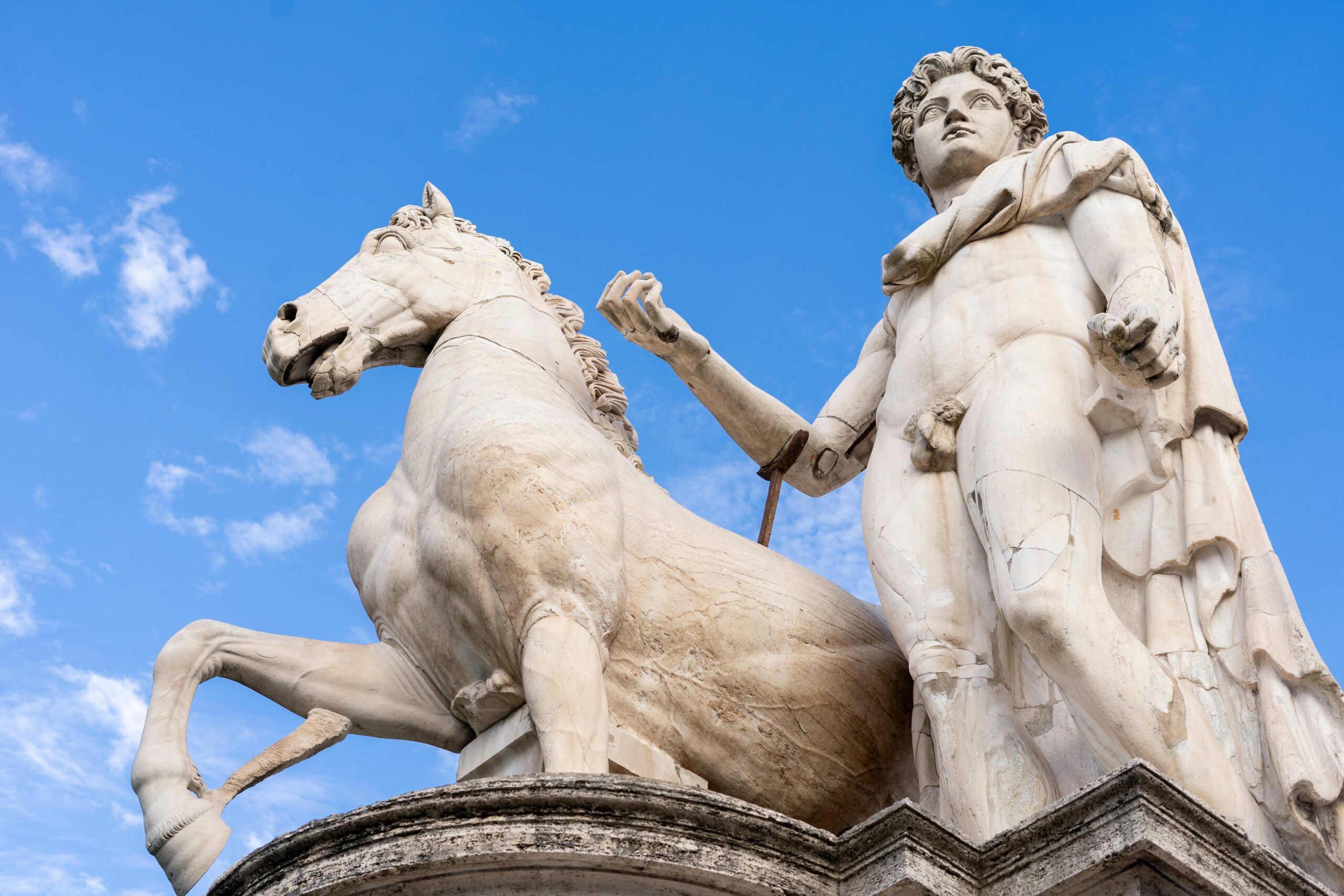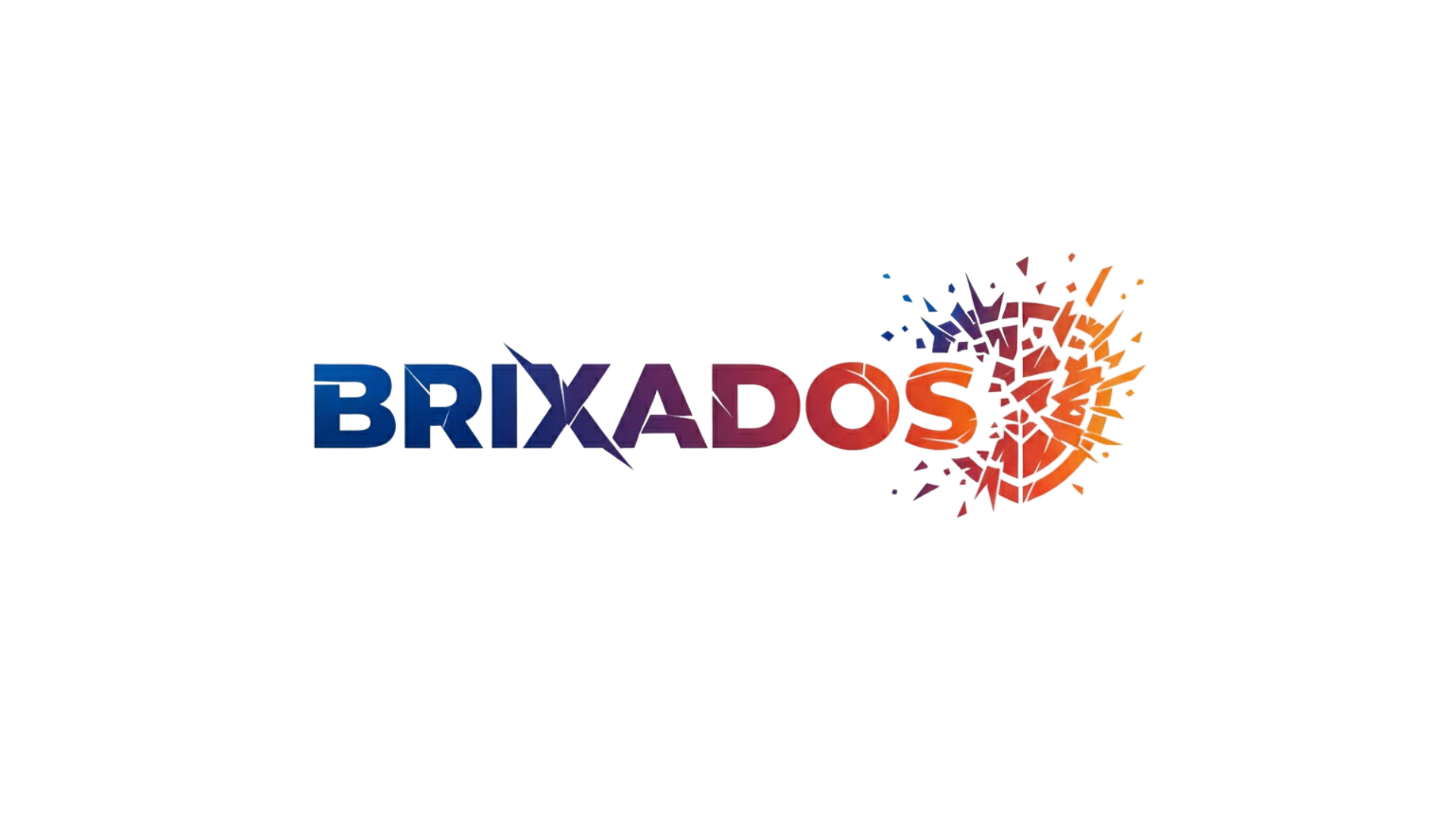Stories have always crossed borders, blending myths and legends from distant cultures into new narratives that resonate universally with human experience and imagination.
🌍 When Ancient Tales Meet Modern Narratives
The practice of myth melding—the intentional blending of mythological elements from different cultural traditions—has become increasingly relevant in our interconnected world. This creative fusion doesn’t simply mix stories randomly; it creates bridges between civilizations, offering fresh perspectives on timeless themes while honoring the origins of each narrative tradition.
Cross-cultural storytelling represents more than entertainment. It serves as a powerful tool for understanding diverse worldviews, challenging our assumptions, and finding common ground in our shared humanity. When a Japanese folktale incorporates elements from Norse mythology, or when African creation myths dialogue with Greek legends, something magical happens: we discover universal patterns that transcend geographical and temporal boundaries.
The power of these blended narratives lies in their ability to make the foreign familiar and the familiar strange. They invite audiences to see their own cultural stories reflected in unexpected mirrors, creating moments of recognition across seemingly insurmountable differences. This cross-pollination of mythological traditions has accelerated in the digital age, where stories travel instantaneously across continents and storytellers collaborate without ever meeting in person.
The Historical Roots of Cultural Story Exchange
Myth melding is hardly a contemporary phenomenon. Throughout history, as traders, conquerors, and travelers moved along ancient routes, they carried stories alongside their goods and weapons. The Silk Road functioned as much as a narrative highway as a commercial one, with tales from China transforming as they traveled westward, absorbing Persian, Arabian, and eventually European elements.
Consider how flood myths appear in virtually every ancient culture—from the Biblical Noah to the Mesopotamian Gilgamesh, from Hindu Manu to Native American legends. While some scholars attribute this to collective human experiences with natural disasters, the similarities also suggest active story exchange and adaptation across cultures over millennia.
The Alexander Romance, chronicling the legendary exploits of Alexander the Great, evolved differently as it spread through Greek, Persian, Ethiopian, and Malay cultures. Each tradition reshaped the conqueror into a figure meaningful to their own cultural context, adding local deities, moral frameworks, and narrative structures. This historical precedent demonstrates that cultures have always been in conversation through their stories.
Colonial Impact and Story Appropriation
Not all cross-cultural storytelling has been equitable or respectful. Colonial powers often appropriated indigenous myths, stripping them of context and spiritual significance, repackaging them for Western consumption. This exploitation created legitimate concerns about cultural theft that persist today.
The difference between respectful myth melding and appropriation lies in intention, collaboration, and acknowledgment. Authentic cross-cultural storytelling involves partnership with cultural custodians, proper attribution, and genuine understanding of the significance behind the stories being shared. It requires storytellers to approach other cultures’ narratives with humility rather than extraction mentality.
✨ The Mechanics of Successful Myth Melding
Creating compelling cross-cultural narratives requires more than surface-level mixing of exotic elements. Successful myth melding operates on several levels simultaneously, weaving together plot, character archetypes, thematic concerns, and symbolic systems from different traditions.
The most effective blended myths identify structural similarities between different cultural stories. Joseph Campbell’s monomyth theory—the Hero’s Journey—revealed patterns appearing across global mythologies. While critics have noted this framework’s Western bias, it nonetheless highlights how different cultures address similar narrative questions: initiation, transformation, death and rebirth, the relationship between mortals and the divine.
Character Archetypes Across Cultures
Every culture has its trickster figures, wise mentors, tragic heroes, and divine mothers, yet each manifests these archetypes uniquely. The Norse Loki, West African Anansi, Native American Coyote, and Greek Hermes share trickster qualities but embody different cultural values around cunning, chaos, and creativity.
When storytellers blend these archetypes, they create characters with multidimensional depth. A protagonist might combine the honorable persistence of Japanese samurai tradition with the transformative journey structure of Aboriginal Australian walkabout stories, creating someone recognizable yet fresh to audiences from both cultures and beyond.
Contemporary Examples of Myth Melding in Action
Modern media provides numerous examples of successful cross-cultural storytelling. Neil Gaiman’s “American Gods” deliberately meshes mythologies from Norse, African, Egyptian, and Hindu traditions alongside uniquely American folklore. The novel examines what happens when immigrant communities bring their deities to new lands, creating a meta-narrative about cultural persistence and transformation.
Anime and manga frequently blend Shinto and Buddhist elements with Western fantasy tropes, creating hybrid mythological systems that feel coherent to global audiences. “Fullmetal Alchemist” incorporates European alchemy, Kabbalistic symbolism, and Eastern philosophical concepts about equivalent exchange and the nature of the soul into a unified narrative framework.
Marvel’s cinematic universe has increasingly incorporated diverse mythological traditions beyond its original Western comic book roots. “Black Panther” drew deeply from various African cultural traditions, while “Shang-Chi” engaged with Chinese mythology and martial arts philosophy. These films demonstrate commercial viability for culturally specific stories told with authentic voices while remaining accessible to global audiences.
Video Games as Myth Melding Laboratories
Interactive media offers unique opportunities for cross-cultural storytelling. Games like “Okami” reimagine Japanese Shinto mythology through gameplay mechanics, while “God of War” has transitioned from Greek to Norse mythology, literally taking its protagonist on a journey between cultural narrative systems.
“Smite,” a multiplayer online battle arena game, features deities from pantheons worldwide—Egyptian, Greek, Norse, Hindu, Mayan, Celtic, and more—interacting in competitive contexts. While primarily entertainment-focused, the game introduces players to mythological figures they might never otherwise encounter, sparking curiosity about different cultural traditions.
🎭 The Psychology Behind Cross-Cultural Story Appeal
Why do blended myths resonate so powerfully? Cognitive psychology suggests humans are wired to recognize patterns and find connections. When we encounter familiar narrative structures dressed in unfamiliar cultural clothing, our brains experience pleasurable recognition alongside stimulating novelty.
Cross-cultural stories also satisfy our inherent curiosity about difference while reassuring us about fundamental similarities. They confirm that despite surface variations, humans everywhere struggle with mortality, search for meaning, value courage and wisdom, and seek to understand their place in the cosmos.
These narratives can reduce prejudice and increase empathy by humanizing the “other.” Research in narrative transportation theory demonstrates that when people become absorbed in stories featuring characters from different cultures, they develop more positive attitudes toward those groups in reality. Stories bypass intellectual defenses, allowing emotional connections that pure information cannot achieve.
Cognitive Flexibility and Cultural Intelligence
Engaging with cross-cultural narratives builds cognitive flexibility—the mental capacity to switch between different conceptual frameworks. This skill proves increasingly valuable in globalized contexts requiring collaboration across cultural boundaries. People who regularly consume diverse stories demonstrate higher cultural intelligence and adaptability.
Myth melding specifically exercises our ability to hold multiple cultural perspectives simultaneously without forcing resolution into a single viewpoint. This both/and thinking contrasts with either/or binary logic, cultivating mental habits useful far beyond storytelling contexts.
Ethical Considerations in Cross-Cultural Storytelling
The power of myth melding carries significant responsibilities. Storytellers must navigate complex ethical terrain when working with cultural narratives not their own, particularly when power imbalances exist between cultures.
Indigenous communities worldwide have expressed concern about sacred stories being commodified, distorted, or shared outside appropriate cultural contexts. Some narratives carry spiritual power and specific protocols about who can tell them, when, and to whom. Violating these protocols constitutes genuine harm, not mere political correctness.
Guidelines for Respectful Cultural Story Exchange
Ethical cross-cultural storytelling requires research, consultation, and collaboration with cultural insiders. Before incorporating elements from another tradition, storytellers should:
- Study the cultural context surrounding the story, including its spiritual and social functions
- Consult with cultural custodians and seek permission when appropriate
- Acknowledge sources and inspirations explicitly
- Avoid reducing complex cultural traditions to aesthetic elements or exotic flavoring
- Consider whether they’re the appropriate person to tell this particular story
- Share economic benefits with communities whose stories are being adapted
- Accept criticism gracefully and be willing to make changes if causing harm
These guidelines don’t prohibit cross-cultural creativity but encourage it to proceed with respect and reciprocity rather than extraction and exploitation.
📚 Educational Applications of Blended Mythologies
Educators increasingly recognize myth melding’s pedagogical value. Comparative mythology courses help students understand their own cultural narratives by examining them alongside others, revealing assumptions they previously took as universal truths.
Creative writing programs use cross-cultural story blending as exercises in perspective-taking and cultural research. Students must deeply understand multiple traditions before effectively combining them, transforming creative assignments into substantial learning experiences about history, religion, and anthropology.
Language learning programs incorporate myths and folktales because narratives provide cultural context that makes vocabulary and grammar more memorable. When students encounter blended stories that bridge their native culture and their target language’s culture, they build conceptual frameworks for understanding both simultaneously.
Building Global Citizens Through Stories
In an increasingly polarized world, cross-cultural storytelling offers tools for building understanding across divides. When children grow up with stories that normalize cultural diversity and demonstrate how different traditions can coexist and enrich each other, they develop more inclusive worldviews.
Schools implementing multicultural curricula that include myth melding report students developing stronger critical thinking skills, cultural awareness, and creative problem-solving abilities. These competencies prove essential for addressing complex global challenges requiring cooperation across cultural boundaries.
🚀 The Future of Cross-Cultural Narrative Innovation
Technology enables unprecedented collaboration between storytellers from different cultures. Virtual reality experiences could immerse audiences in blended mythological worlds combining visual, auditory, and narrative elements from multiple traditions. Imagine walking through a landscape where Norse Yggdrasil grows alongside the Hindu cosmic mountain Meru, with African griot storytellers narrating your journey.
Artificial intelligence tools, despite their limitations, might help identify unexpected connections between geographically distant mythologies, suggesting creative combinations human storytellers hadn’t considered. However, the human element remains essential—technology can suggest, but only cultural understanding can execute myth melding respectfully and meaningfully.
Social media platforms enable direct collaboration between storytellers worldwide. Writers from Nigeria, India, and Brazil can co-create narratives blending their traditions without intermediaries controlling the process. This democratization of cross-cultural storytelling promises more authentic voices and innovative combinations.
Preserving Endangered Story Traditions
Paradoxically, myth melding might help preserve endangered mythological traditions. When minority cultures’ stories enter global circulation through respectful blending with better-known narratives, they gain visibility and value. Younger generations within those communities may take renewed interest in their heritage when they see it honored in contemporary creative contexts.
Digital archives combining traditional stories with modern retellings create accessible resources for communities seeking to reconnect with their narrative heritage. These projects work best when controlled by the communities themselves, ensuring self-determination in how their stories evolve and spread.

The Transformation Awaiting Discovery
The power of cross-cultural storytelling lies not in erasing differences but in creating dialogues between them. Myth melding at its best doesn’t flatten cultural distinctiveness into bland universalism but celebrates specific traditions while revealing unexpected resonances between them.
As our world simultaneously fragments and interconnects, we need stories that model integration without assimilation, unity without uniformity. Blended mythologies demonstrate that honoring our roots and reaching across divides aren’t contradictory impulses but complementary ones. Each tradition becomes richer through generous exchange with others.
The ancient stories that have survived for centuries did so precisely because they adapted to new contexts while maintaining their essential truths. Today’s myth melding continues this tradition, ensuring these narratives remain vital for future generations. In blending stories across cultures, we don’t diminish them—we fulfill their purpose as living, evolving expressions of human meaning-making.
Every time a storyteller thoughtfully combines elements from different mythological traditions, they participate in humanity’s oldest collaborative project: understanding ourselves through the mirror of narrative. This work requires courage, humility, creativity, and respect. The stories waiting to be discovered through cross-cultural exchange have the power to transform how we see ourselves and each other—if we approach them with the reverence and imagination they deserve. 🌟
Toni Santos is a myth-psychology researcher and narrative writer exploring how archetypes, symbols and human story converge to shape mind, culture and meaning. Through his studies on the collective unconscious, comparative mythology and symbolic dream interpretation, Toni examines how the myths we tell reflect the patterns we live — and how awareness of these patterns can spark transformation. Passionate about hero’s journeys, mythic motifs and dream-language, Toni focuses on how story acts as both mirror and map for inner depth and growth. His work highlights the bridges between myth, psyche and culture — guiding readers toward a deeper encounter with themselves and the stories they carry. Blending psychology, mythology and narrative theory, Toni writes about the hidden architecture of meaning — helping readers understand how symbols, stories and dreams shape experience and identity. His work is a tribute to: The power of myth to reveal the unseen structures of psyche The journey from archetype to individual lived story The art of dream-language as a path to wholeness Whether you are a storyteller, psychologist or traveller in the inner landscape, Toni Santos invites you to explore the mythic dimension of mind — one symbol, one myth, one insight at a time.




